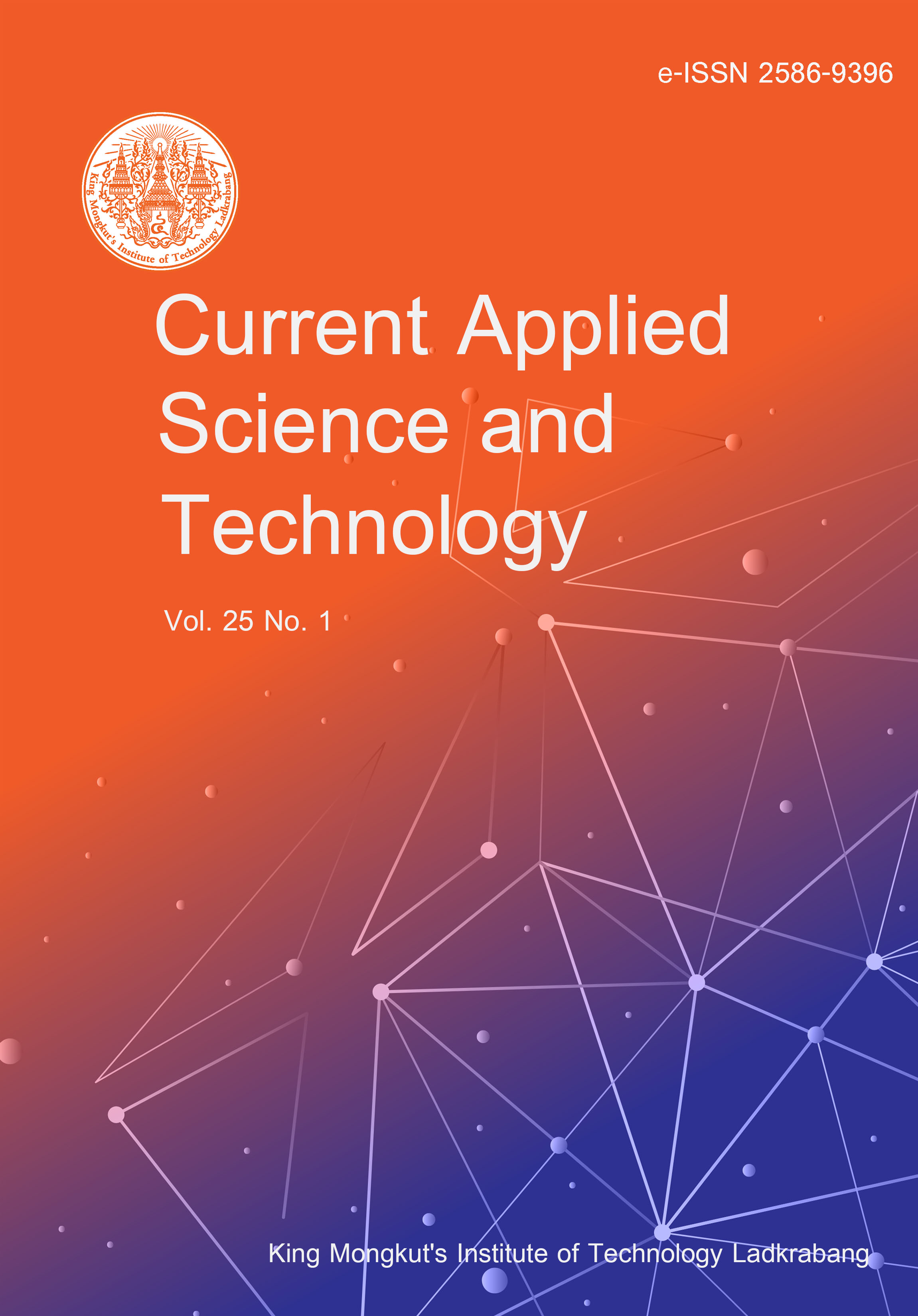The coronavirus emerged at the end of 2019 and has caused thousands of casualties all over the world. The pandemic has also been accompanied by loss of employment and economic down fall. Naturally, the pandemic and lack of knowledge of coronavirus has created public anxiety and panic. Nowadays, social medias like Twitter and Facebook and online news forum reach most people and have become popular channels of communication and information sharing. Unfortunately, these have become easy targets for rumors and fake news. The rapid flow of rumors and misleading information on the coronavirus over these online platforms has promoted public anxiety and fear. Consequently, the detection of rumors has become obligatory for economy and public safety. In this context, the present research focused on detecting and classifying rumors so that precautionary measures can be incorporated. Attention-based BiLSTM with BERT for rumor classification on the COVID-19 rumor dataset was proposed. The suggested classification model achieved an accuracy of 80.71% and a micro-F1 score of 90.85. Furthermore, the experimental outcomes affirm the superior efficacy of our proposed technique over existing methods.
Dutta, R. undefined. ., & Majumder, M. undefined. . (2024). ABiLSTM with BERT Embedding for Classification of Imbalanced COVID-19 Rumors. CURRENT APPLIED SCIENCE AND TECHNOLOGY, e0259284. https://doi.org/10.55003/cast.2024.259284

